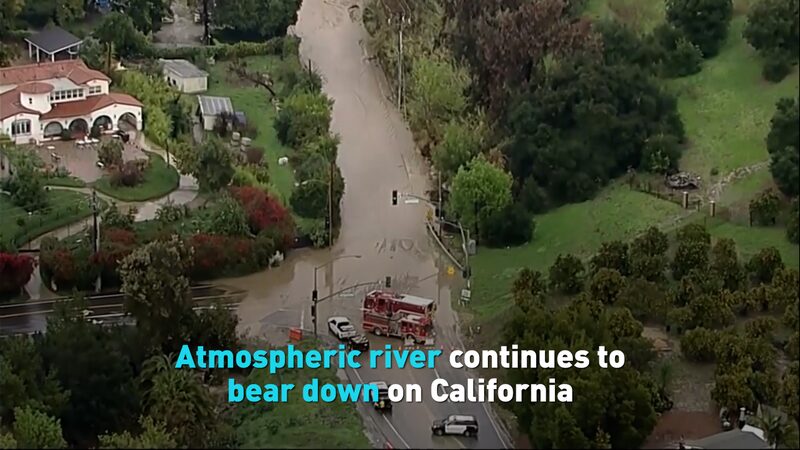Last year marked a significant milestone in climate change, with carbon dioxide and methane levels soaring to unprecedented heights. According to the U.S. National Oceanic and Atmospheric Administration (NOAA), these crucial greenhouse gases grew at near-record rates, raising alarms among scientists worldwide.
Carbon dioxide, the most abundant human-caused greenhouse gas, increased by 2.8 parts per million in 2023, the third-highest rise in 65 years. This brought the average level to 419.3 parts per million, a staggering 50% higher than pre-industrial times.
Methane, though shorter-lived in the atmosphere, is even more potent. Its levels jumped by 11.1 parts per billion, reaching an average of 1922.6 parts per billion. Over the past decade, methane has surged by 5.5%, outpacing carbon dioxide's rise. \"Fossil fuel pollution is warming natural systems like wetlands and permafrost, releasing even more greenhouse gases,\" warned Stanford University climate scientist Rob Jackson.
The primary sources of methane emissions include natural wetlands, agriculture, livestock, landfills, and the oil and gas industry. Methane accounts for about 30% of the current rise in global temperatures, with each molecule trapping 28 times more heat than carbon dioxide.
Efforts to curb these emissions have seen some progress. Companies worldwide pledged significant reductions in methane emissions from the oil and gas sector, and the EPA introduced rules to limit these emissions. However, methane levels have continued to climb, driven by increased emissions from wetlands and agricultural activities.
Climate scientists emphasize the urgency of addressing greenhouse gas emissions to mitigate the worst impacts of climate change. \"As these numbers show, we still have a lot of work to do to make meaningful progress in reducing the amount of greenhouse gases accumulating in the atmosphere,\" stated NOAA Global Monitoring Laboratory Director Vanda Grubisic.
With the transition from La Nina to El Nino last year, carbon dioxide levels spiked further, although the El Nino is now starting to weaken. The battle against climate change remains critical as greenhouse gas concentrations continue to rise.
Reference(s):
Carbon dioxide and methane levels spiked to record highs last year
cgtn.com





